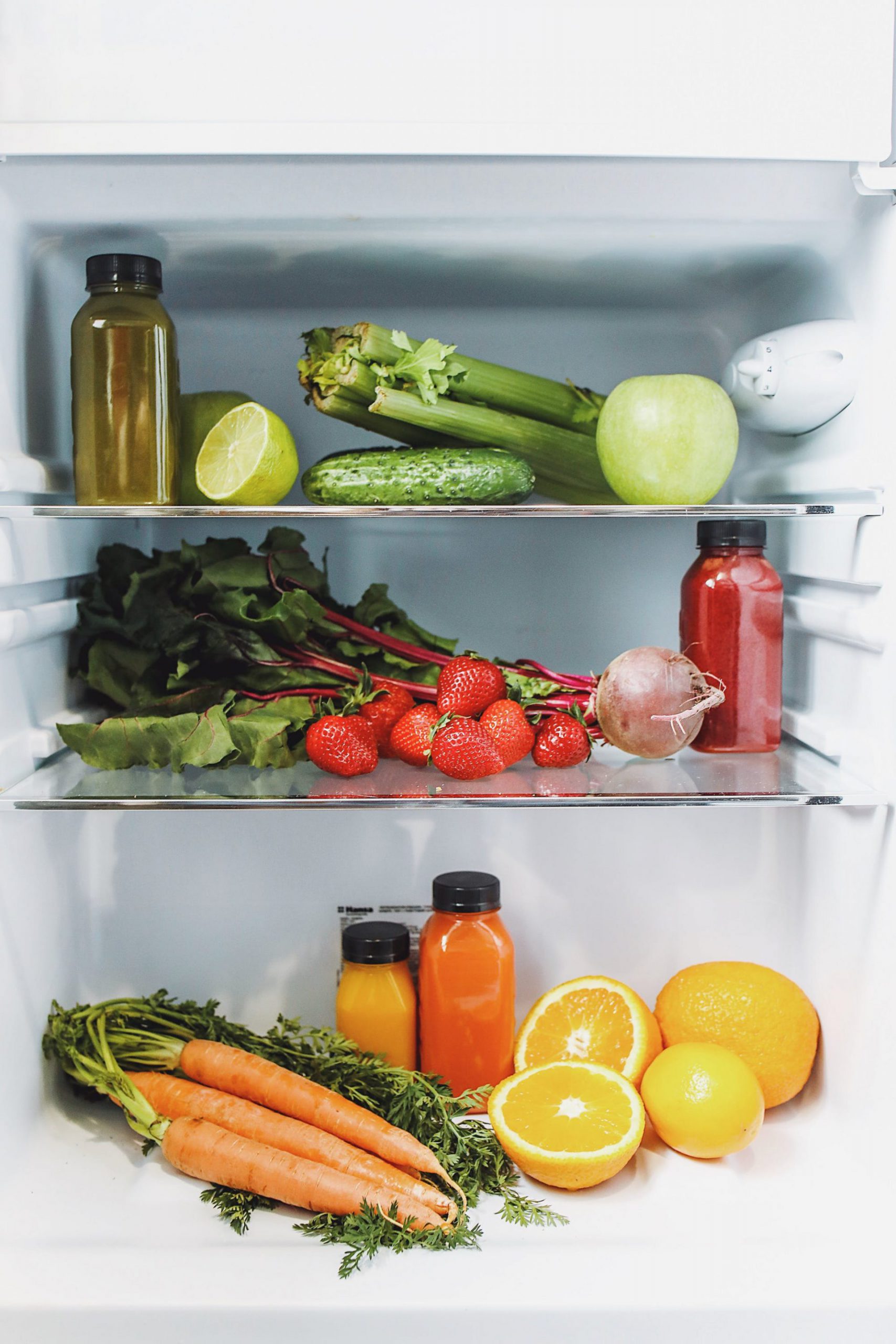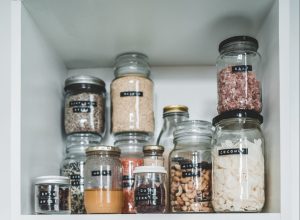
- Readers Rating
- No Rating Yet!
- Your Rating
Food storage is crucial to preserve its freshness, taste and nutritional value. Storing food correctly involves knowing the optimal temperature and humidity conditions for each type of food, whether in the refrigerator, pantry or freezer. Refrigerating perishable products such as dairy, meat and fresh vegetables at specific temperatures helps prevent bacterial growth and extend shelf life.
Proper food storage is a fundamental kitchen skill that can make the difference between wasting food and enjoying delicious meals. In this article, we’ll guide you through a complete food storage strategy, from organising your pantry and fridge to techniques for maintaining food freshness and safety. You’ll learn how to avoid waste, save money and make sure your ingredients and prepared dishes stay in top condition. Get ready to master the art of food storage and take your kitchen to the next level!
Organising the pantry
The pantry is the heart of your kitchen, and keeping it organised is essential. Learn how to:
- Get rid of out-of-date food: Start by checking and discarding out-of-date or spoiled food. This ensures that the products you have in your pantry are in good condition.
- Sort by Category: Sorting food on shelves labelled according to categories (cans, grains, spices, etc.) allows you to find what you need faster.
- Use Clear Containers: Transparent storage containers allow you to easily see the contents, which is especially useful for dry ingredients such as flour, sugar and rice.
- Food Rotation: Practicing the “first in, first out” rule helps you use the oldest foods first and prevent them from expiring.

Refrigerator Organization
The refrigerator is a vital component for maintaining the freshness of perishable foods. Learn how to:
- Refrigerator Zones: Store foods according to different temperature zones. The top part is usually warmer, the middle section is ideal for dairy and proteins, and the door is the warmest of all.
- Wrapped and Labeled Foods: Properly wrap foods and label containers with expiration dates for easy tracking. This prevents food from mixing and helps maintain freshness.
- Humidity Control: Use adjustable humidity drawers for fruits and vegetables. Some foods require more humidity than others, and these drawers allow you to adjust humidity based on the content.
- Food Safety: Know the safe storage temperatures (usually between 1°C and 4°C) and avoid cross-contamination by separating raw and cooked foods.
Dry Ingredient Storage
Dry ingredients such as grains, flours, and spices also require care. Learn how to:
- Airtight Containers: Use airtight containers to protect ingredients from moisture and pests. This is especially important to prevent flour and rice from attracting bugs.
- Labeling and Purchase Date: Label containers with the name and purchase date for effective tracking. This helps you know when it’s time to replace an ingredient.
- Pest Control: Regularly inspect dry ingredients for signs of pests and keep them at bay. If you find signs of infestation, get rid of the affected ingredients.

Perishable Food Storage
Fruits, vegetables, and dairy products are perishable foods that require special attention. Learn how to:
- Product Separation: Store fruits and vegetables in separate drawers to prevent one from hastening the ripening of the other. This helps prolong the freshness of both food groups.
- Storage Bags: Use specific storage bags for fruits and vegetables. These bags allow good air circulation and prevent excess moisture from causing deterioration.
- Humidity Control: Adjust the humidity in the vegetable drawer according to the content. For example, leafy green vegetables need high humidity, while fruits require less.
- Dairy Product Rotation: Use the “first in, first out” technique for dairy products. This way, you consume the products that have been in the fridge the longest.
Leftovers and Prepared Meals Storage
Leftovers and prepared dishes also deserve a place in your food storage strategy. Learn how to:
- Quick Cooling: Cool prepared meals before storing them in the refrigerator. This prevents food from remaining at dangerous temperatures for too long.
- Freezer-Safe Containers: Use freezer-safe containers to store prepared meals that won’t be consumed immediately. Make sure to label them with the preparation date.
- Labeling: Label leftovers with the preparation date and content to avoid confusion. Knowing what’s in each container helps you plan meals.
Waste Prevention
Reducing food waste is crucial for sustainability. Learn how to:
- Meal Planning: Plan your meals to use ingredients before they expire. This reduces the need to discard food.
- Creative Reuse: Find creative ways to use ingredients and leftovers in new recipes. For example, leftover vegetables can be turned into a stir-fry or soup.
- Composting: If you have food that can no longer be consumed, consider composting as a way to reduce waste. Composting is an environmentally friendly practice.
Conclusion
Proper food storage not only ensures the freshness and safety of your meals but also helps you be more efficient in the kitchen and reduce food waste. Pantry and refrigerator organization, care for dry and perishable ingredients, and leftovers management are key components to maintain an efficient and sustainable kitchen. By mastering the art of food storage, you’ll not only enjoy delicious meals but also contribute to a more sustainable and conscious lifestyle. Get ready to take a step toward a more organized and effective kitchen! With these practices, you’ll not only save money but also contribute to reducing food waste, an important step toward sustainability.
Has this mentta article been useful for you? You can delve even deeper into the world of nutrition on our blog.
